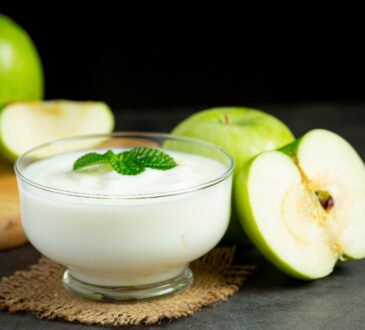
While there is a specific herb mixture that directly targets fat reduction in thighs, certain herbs may help support overall weight management and a healthy metabolism. Here are some natural herbal remedies that may complement a healthy lifestyle also reduce fat from thighs:
Herbal Infusion for Thigh Health:
Ingredients:
– 1 tablespoon dried dandelion leaves
– 1 tablespoon dried nettle leaves
– 1 tablespoon dried cleavers (Galium aparine) leaves
– 1 tablespoon dried ginger root
– 2 cups boiling water
Instructions:
1. Place all the dried herbs in a heatproof container.
2. Pour boiling water over the herbs.
3. Cover and let it steep for 15-20 minutes.
4. Strain the herbs and allow the infusion to cool.
Application:
1. Once cooled, you can apply the herbal infusion topically. Gently massage it onto your thighs in a circular motion.
2. Leave it on for about 15-20 minutes.
3. Rinse with warm water and pat dry.
Note: This herbal infusion is not a replacement for a balanced diet and exercise. It is meant to complement a healthy lifestyle.
Reducing fat from specific areas, like the thighs, involves a combination of targeted exercises, a balanced diet, and a healthy lifestyle. Here are some effective remedies:
1. Cardiovascular Exercise:
– Engage in regular cardio exercises like brisk walking, jogging, cycling, or swimming. This helps burn overall body fat, including thigh fat.
2. Strength Training:
– Incorporate leg-focused strength training exercises like squats, lunges, leg presses, and deadlifts to tone and build muscle in the thighs.
3. Lunges:
– Lunges are excellent for toning the thigh muscles. Perform forward, reverse, and lateral lunges regularly.
4. Squats:
– Squats target the thighs and glutes. Include variations like sumo squats, goblet squats, and jump squats for added intensity.
5. Leg Presses:
– Utilize a leg press machine at the gym to target the thigh muscles.
6. Dietary Changes:
– Focus on a balanced diet with lean proteins, whole grains, fruits, vegetables, and healthy fats. Avoid excessive consumption of sugary and processed foods.
7. Portion Control:
– Practice portion control to manage calorie intake and prevent overeating.
8. Hydration:
– Stay hydrated by drinking plenty of water. It helps maintain metabolic functions and supports fat metabolism.
9. Healthy Snacking:
– Choose nutritious snacks like fruits, nuts, yogurt, and vegetables instead of processed snacks.
10. Reduce Stress:
– Practice stress-reducing techniques like meditation, deep breathing, or yoga. Chronic stress can contribute to weight gain.
11. Avoid Spot Reduction Myths:
– Understand that spot reduction (losing fat from a specific area) is not scientifically proven. Focus on overall body fat reduction for best results.
12. Interval Training:
– Incorporate high-intensity interval training (HIIT) workouts, which can be effective for burning fat.
13. Consistency is Key:
– Be consistent with your exercise routine and healthy eating habits. Results may take time, so be patient and stay committed.
Remember, it’s important to consult a healthcare professional or fitness expert before starting any new exercise or diet program, especially if you have any underlying health conditions. They can provide personalized advice based on your individual needs and goals.




